
1030nm Highly-Dispersive Ultrafast Mirrors는 최적화된 멀티레이어 코팅 구조로 인해 매우 낮은 GDD를 제공하고 60nm 밴드폭에서 높은 반사율을 특징으로 합니다. 이 미러는 분산형 광학적 간섭 기반의 코팅 처리가 되어 5° 또는 7°의 설계 입사각에서 매우 높은 음수 값인 -500fs2 또는 -1000fs2의 GDD를 제공합니다. 일반적으로 설계 파장에서 반사율이 99.9%를 초과하며 밴드폭에서는 최소 반사율이 99.8%에 달합니다. 1030nm Highly-Dispersive Ultrafast Mirrors는 NIR 스펙트럼의 기타 초고속 레이저 뿐만 아니라 Yb:doped fiber laser의 펄스 압축과 분산 보정용으로 사용하기 적합합니다. 영국식 표준 규격인 ½” 또는 1” (12.7mm 또는 25.4mm)로 제공됩니다. 고객의 레이저 시스템에 적합한 기타 맞춤형 크기나 파장, 초단 펄스(ultrashort pulse)를 원할 경우 당사로 문의 주시면 고객의 어플리케이션에 가장 적합한 솔루션을 함께 모색해 드립니다.
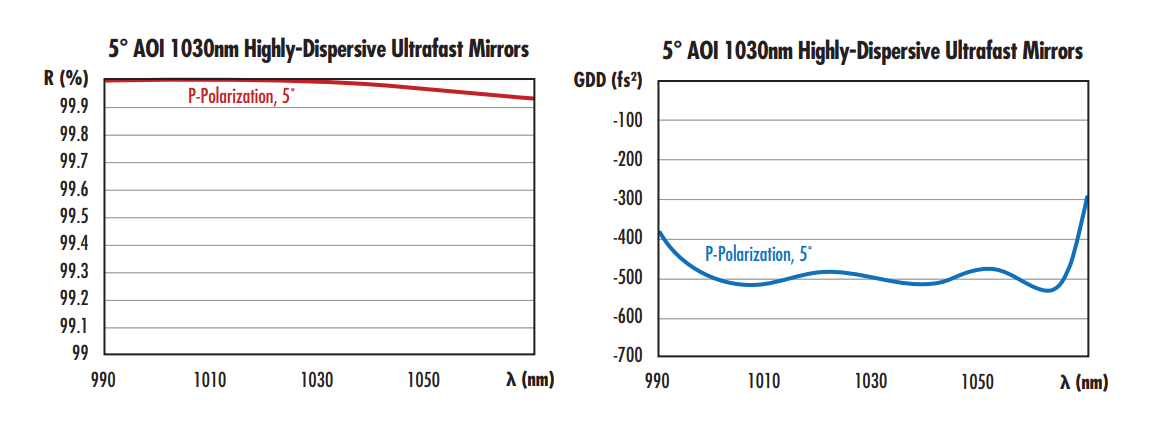
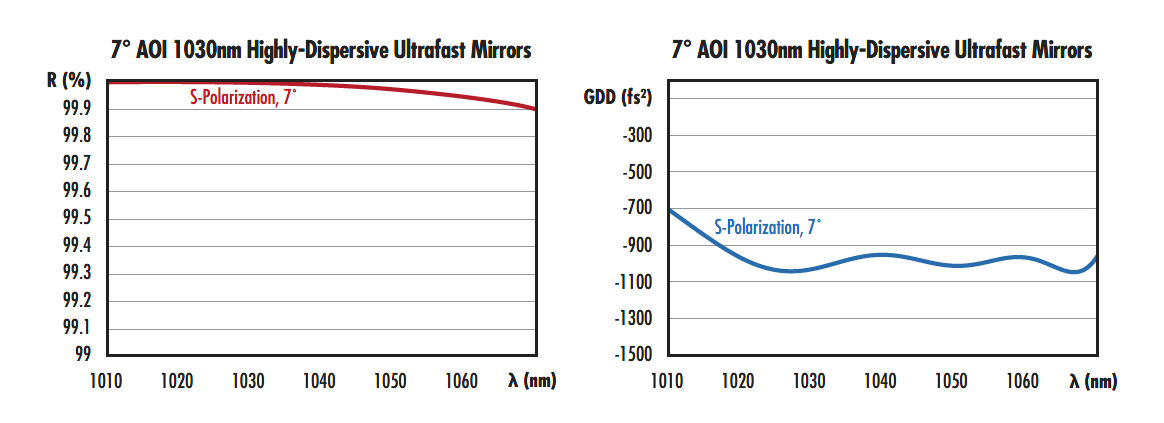
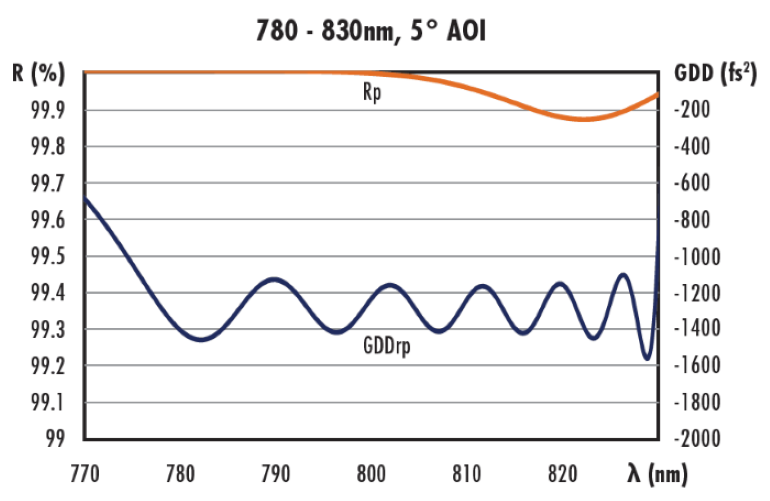
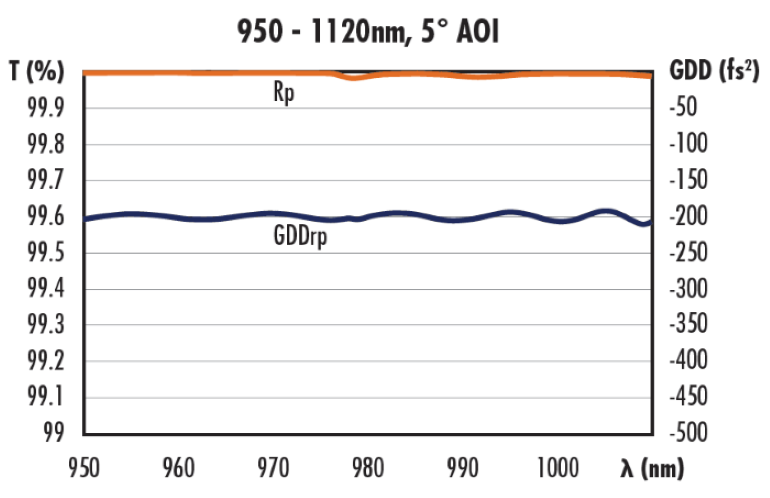
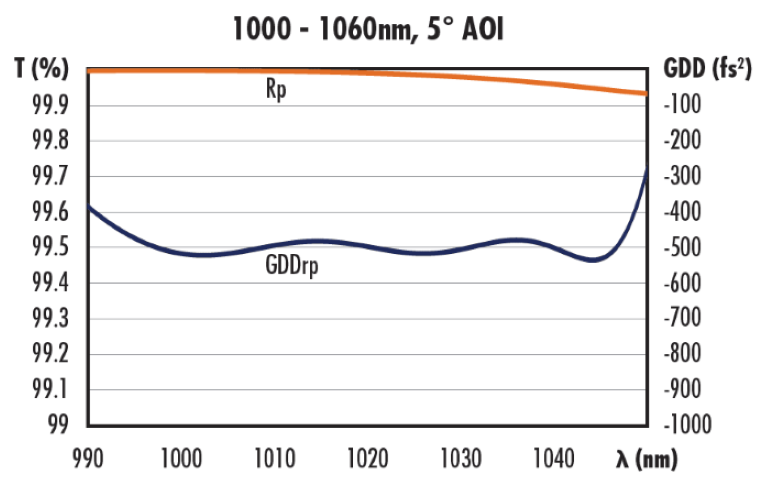
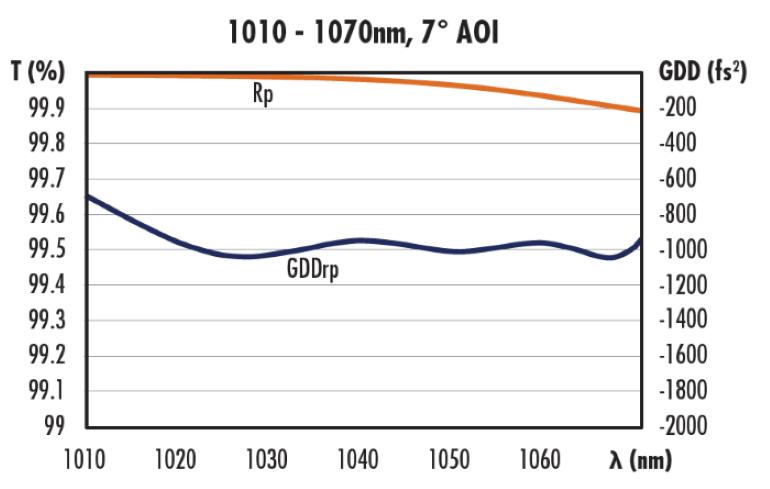

에드몬드옵틱스는 특정 어플리케이션 요건을 충족할 수 있는 광학 및 이미징 부품에 대한 포괄적인 맞춤형 제조 서비스를 제공합니다. 에드몬드옵틱스는 프로토타입 개발, 본격적인 생산 준비 단계 등 단계와 관계없이 고객의 니즈를 충족하는 유연한 솔루션을 제공합니다. 에드몬드옵틱스의 엔지니어는 전 개발 과정을 지원합니다.
에드몬드옵틱스의 제조 역량:
자세한 내용은 에드몬드옵틱스의 맞춤형 제조 역량 페이지를 확인하거나 여기로 문의 바랍니다.
본사 및 지사별 연락처 확인하기
견적 요청 도구
재고 번호 입력 필요
Copyright 2023, 에드몬드옵틱스코리아 사업자 등록번호: 110-81-74657 | 대표이사: 앙텍하우 | 통신판매업 신고번호: 제 2022-서울마포-0965호, 서울특별시 마포구 월드컵북로 21, 7층 (서교동, 풍성빌딩)
The FUTURE Depends On Optics®